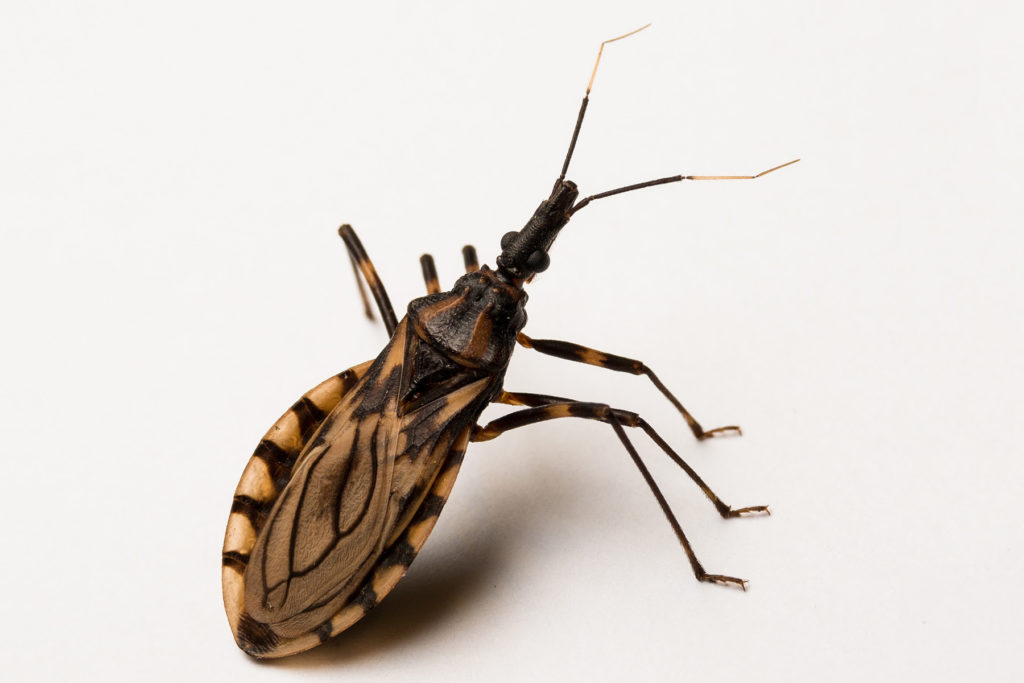Welcome Back to the Lab!
And a Happy Halloween to you all! We’re wrapping up this month’s spooky topics with the vampires of the insect world. We’ve already covered mosquitoes and ticks, the most infamous invertebrate vampires, but there are plenty of other examples that would have even Bela Lugosi shaking in his vampire boots.
Kissing Bugs

Also appropriately known as vampire bugs, these members of the Reduviidae family that have a certain… affection for vertebrate blood. They tend to congregate in sheltered places, and will feed from the soft tissue around their victim’s face and eyes. They will inject their saliva into the bite site, which has anesthetic properties and allows the insect to feed unperturbed. Not surprisingly, kissing bugs are also important disease vectors, with every species in the kissing bug subfamily being a potential vector of Trypanosoma cruzi, the parasite that causes Chagas disease.
Tsetse flies

Tsetse flies strike me as something out of an H. G. Wells fever dream. These vampiric, bloodsucking flies are considered one of the major barriers to overcoming poverty in rural sub-Saharan Africa. The fly is a vector for trypanosomes, protozoan parasites that cause trypanosomiasis or sleeping sickness. Trypanosomiasis can affect humans and animals, most notably cattle, which prevents many of these populations from utilizing cattle for agriculture.
Sleeping sickness in humans is characterized by several symptoms, most notably by a disturbance in the sleep-wake cycle. Those infected may experience sleep inversion, where they suffer insomnia at night and periods of extreme sleepiness during the day. I don’t know about you, but the idea of such a disturbed sleep cycle scares me more than any bloodsucking phantom.
Bedbugs

It’s impossible to think, study, or write about bedbugs without habitually scratching. I’ve never dealt with a bedbug infestation but the thought alone is enough to keep me up at night. Unlike the other bloodsuckers presented on this list, bedbugs are not known to transmit any diseases to humans, but their presence is enough to cause insomnia and anxiety. However the method of feeding is similar: they feed at night, attracted by the carbon dioxide expelled in breath. They will use their saw-like mouthparts to break open the skin and inject saliva, which contains anticoagulants and anesthetic properties, and feast.
Honestly, I’d take a true vampire over any of these bloodsuckers any day.
Until next time, Happy Halloween!